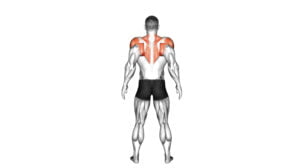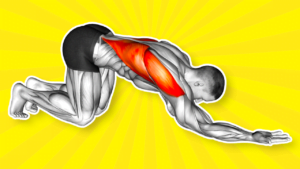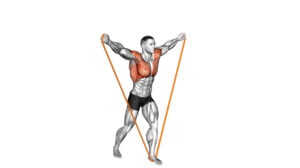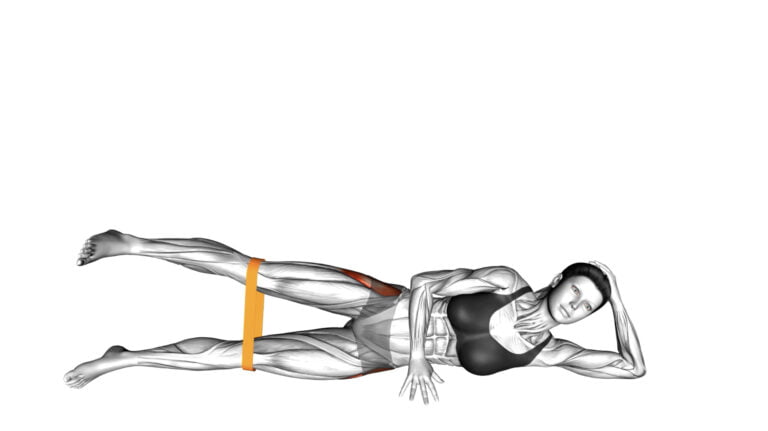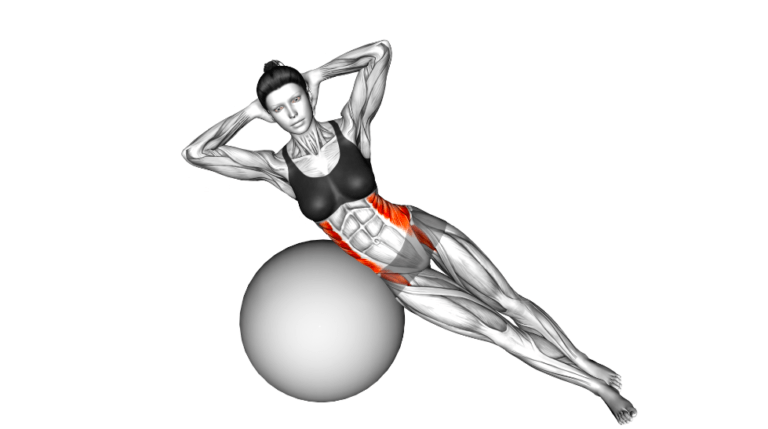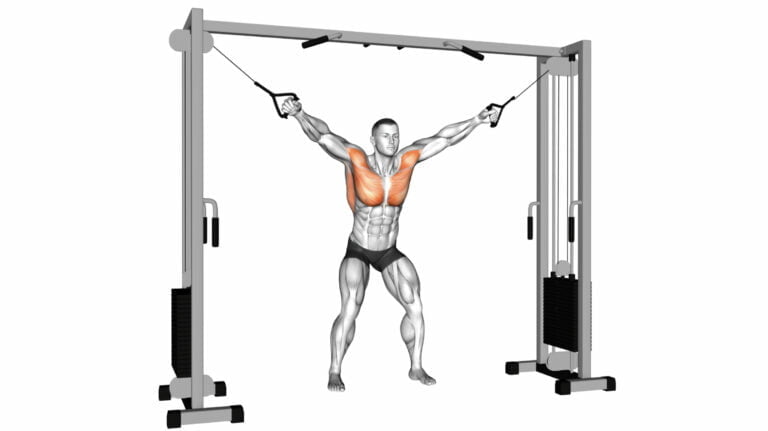10 Effective Shoulder Abduction Exercises For Improved Mobility And Strength
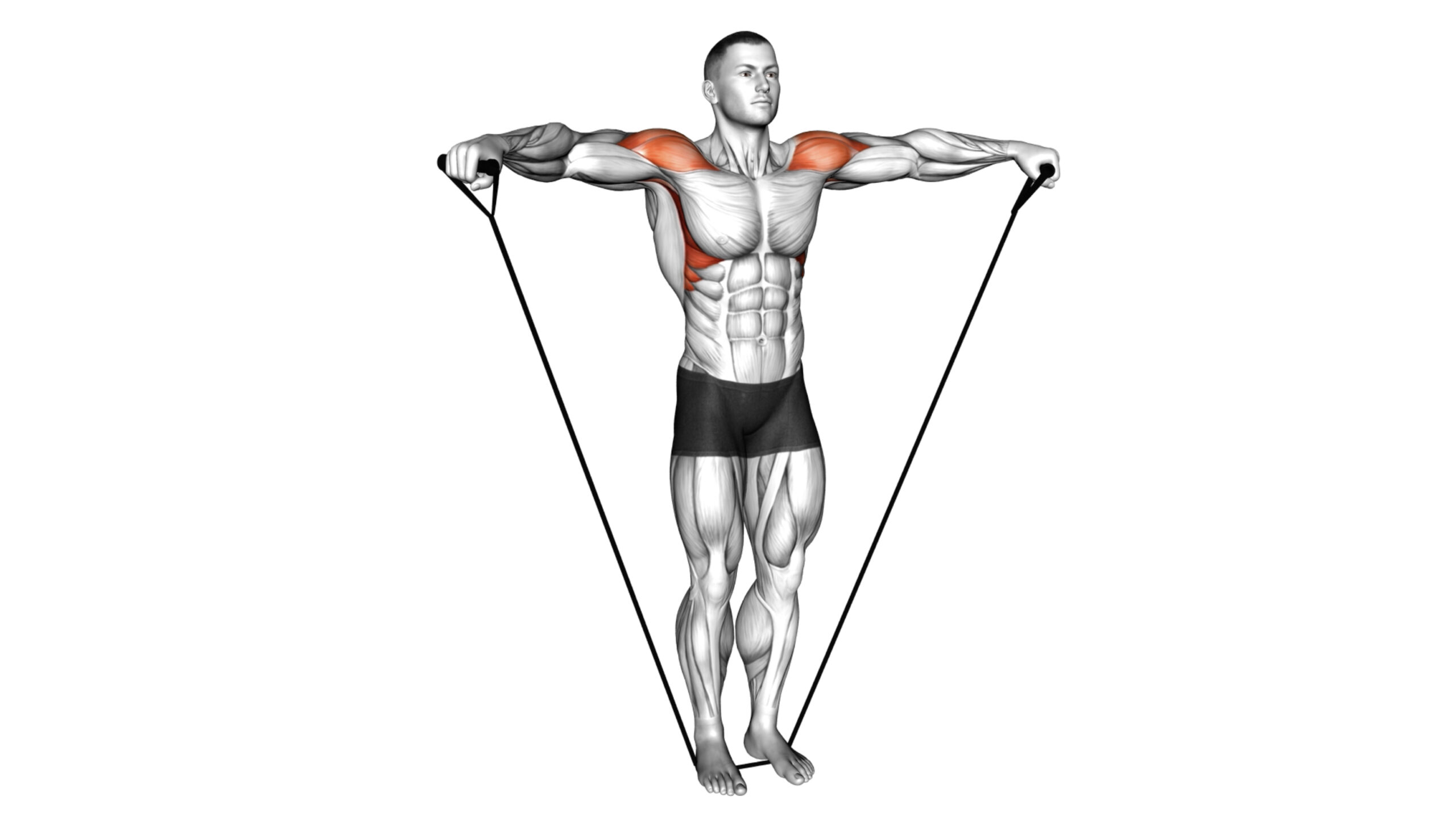
Many people struggle with shoulder stiffness and weakness, thinking they have to live with it. As a fitness coach specializing in rehabilitation exercises, I’ve seen how the right movements can transform these issues.
Shoulder abduction exercises play a crucial role here—targeting specific muscles around your shoulders and upper arms. These exercises not only boost mobility but also enhance strength remarkably.
In this article, we will delve into 10 effective shoulder abduction exercises that are game-changers for anyone looking to improve their shoulder functionality. A key fact to remember is that incorporating these exercises into your routine can significantly reduce the risk of shoulder injuries by promoting a better range of motion and stabilizing muscle groups around the joint.

Keep reading; you won’t want to miss out!
Key Takeaways
- Shoulder abduction exercises help raise your arms away from your body, improving mobility and strength around the shoulder joint. These workouts target specific muscles for better movement and reduced injury risk.
- Before starting these exercises, it’s vital to talk to a doctor or physical therapist, properly warm up, and maintain correct form throughout each movement to prevent strain and maximize benefits.
- Effective shoulder abduction exercises include Resistance Band Standing Around the World, Band Bent Over Rear Lateral Raise, Dumbbell Incline Powell Raise, and Cable One Arm Lateral Raise. They utilize resistance bands or weights to build muscle endurance and support balanced posture.
- Following recommended sets and reps for each exercise ensures you gain optimal results without overexerting yourself. Gradually increasing the range of motion as you progress helps in safely enhancing shoulder flexibility.
- Listening closely to your body during these exercises is key; cease any movements that cause pain or discomfort immediately. If persistent issues occur, seeking medical help can prevent further injuries while maintaining an effective fitness regimen.
What are Shoulder Abduction and Adduction Exercises?
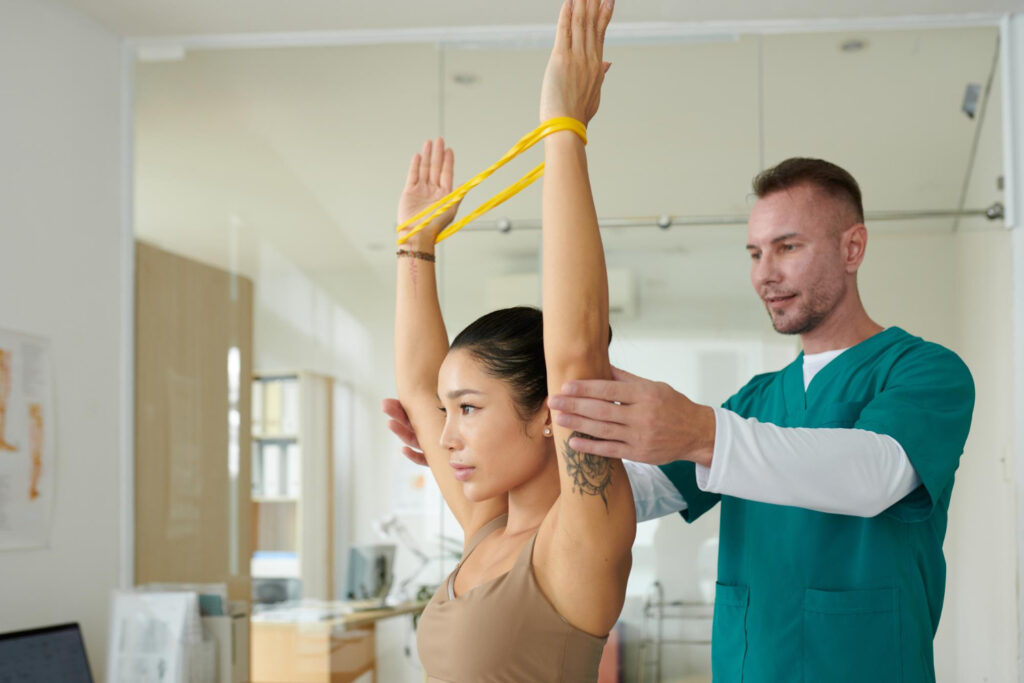
Shoulder abduction exercises involve raising the arms away from the body, while adduction exercises involve bringing the arms closer to the body. These exercises help improve shoulder mobility and strengthen the surrounding muscles.
What are they?
Shoulder abduction and adduction exercises target the muscles that move the shoulder blades and joint. These workouts involve lifting your arm away from your body (abduction) and bringing it back toward your body (adduction).
They strengthen internal rotators, external rotators, and other key muscle groups like the pec minor, lat muscles, and infraspinatus. By practicing these movements, you enhance mobility around your scapula and improve overall shoulder function.
Exercises vary from using resistance bands for standing around the world motions to dumbbell raises which isolate specific areas of the shoulder. This variation helps in promoting shoulder flexion, extension, internal rotation, and external rotation.
Engaging in these activities supports better posture by aligning anatomical structures such as the collar bone with the rib cage while minimizing risks like impingement. They also encourage a healthier spine alignment by engaging core and lower back muscles correctly during each exercise.
Benefits for Mobility and Strength
Understanding shoulder abduction and adduction exercises sets the stage for appreciating their impact on mobility and strength. These movements help increase the range of motion in your shoulder joint, making daily activities easier and reducing the risk of injuries.
Improved flexibility allows you to move your arms freely, enhancing your ability to perform tasks that require reaching, lifting, or throwing.
Strengthening through these exercises also significantly boosts muscle endurance around the shoulders. This leads to better posture and support for the thoracic region of your spine.
Regular practice can make muscles more resilient against strain during physical activities. Additionally, stronger shoulders contribute to a well-balanced physique by supporting proper alignment and decreasing stress on other parts of the body such as the neck and back.
Important Preparations Before Exercise

Before engaging in shoulder abduction exercises, it is crucial to consult with a doctor or physical therapist for personalized advice and guidance. Warming up properly and maintaining correct form are also essential steps to ensure safe and effective workouts.
Consult with doctor/physical therapist
Talking to a doctor or physical therapist before starting any shoulder abduction exercises is crucial. They can assess your shoulders’ condition and suggest exercises tailored to your needs.
This step ensures that the movements improve mobility and strength without risking injury. Your healthcare provider might highlight which motions to avoid, especially if you have had previous injuries or surgeries.
They also provide advice on how many sets and reps are safe for you, considering your health history and current fitness level. A physical therapist can demonstrate correct form, showing how to engage your elbows, chest, pectoralis muscles, and maintain proper posture during each exercise.
Their guidance helps prevent common mistakes like overextending or straining the shoulder joint, ensuring you gain maximum benefits from your workout routine safely.
Warm up
Before starting the shoulder abduction exercises, it’s important to prepare your body with a proper warm-up. Here are some essential warm-up exercises for your shoulders:
- Arm circles: Stand up straight and extend your arms out to the sides. Make slow circular motions with your arms, gradually increasing the size of the circles.
- Shoulder rolls: Gently roll your shoulders forward in a circular motion for 10-15 repetitions, then switch to rolling them backward.
- Neck stretches: Slowly tilt your head from side to side, bringing your ear towards each shoulder to stretch the neck muscles.
- Scapular retractions: Stand or sit tall and pull your shoulder blades back and together, then release. Repeat this movement to mobilize your scapulae.
- Wall angels: Stand with your back against a wall and slowly slide your arms up and down along the wall, mimicking an angel’s wings.
- Arm swings: Swing both arms gently from side to side in front of you to increase blood flow and loosen up the shoulder joints.
- Wrist circles: Extend one arm out in front of you and make slow clockwise wrist circles, then repeat counterclockwise before switching to the other arm.
Remember that warming up properly can help prevent injury and ensure that you get the most out of your shoulder abduction exercises.
Proper form
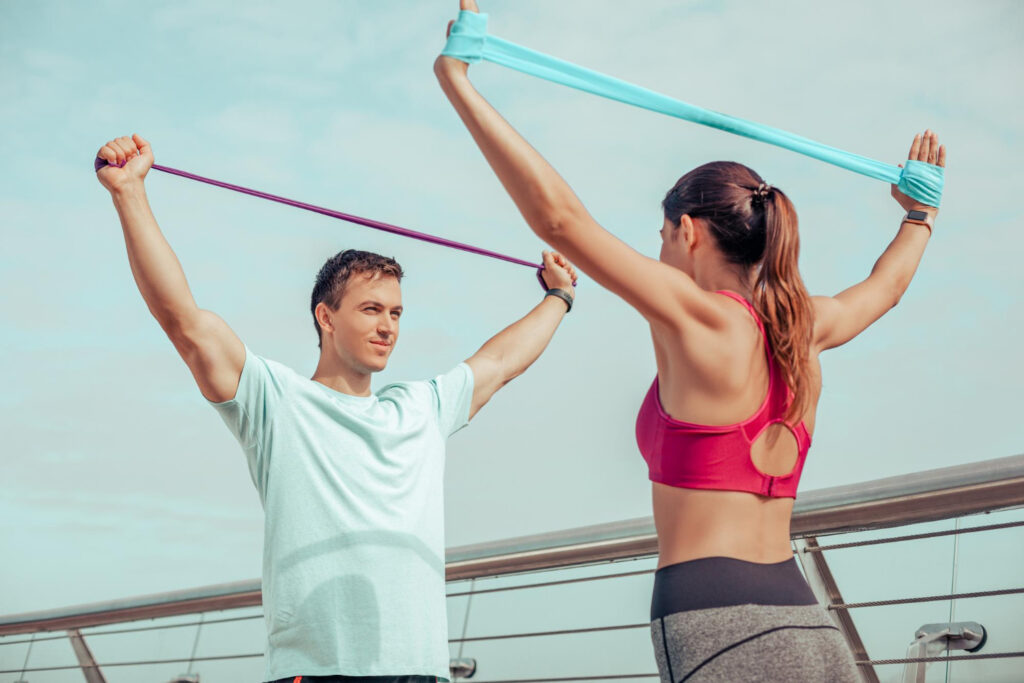
Maintain a straight back and relaxed shoulders during each exercise. Keep your core engaged to support stability and prevent arching or rounding of the spine. Hold the resistance with a firm grip, maintaining proper wrist alignment to avoid strain on the joints.
Ensure controlled and deliberate movements throughout the full range of motion for optimal muscle engagement.
Focus on smooth and steady breathing; exhale as you exert force, and inhale as you release. Avoid overarching your neck or tensing your jaw; keep facial muscles relaxed to prevent unnecessary tension that can impede correct form.
10 Effective Shoulder Abduction Exercises
Improve your shoulder mobility and strength with targeted shoulder abduction exercises. These exercises can be performed using resistance bands, dumbbells, or cables to engage and strengthen the muscles involved in shoulder abduction.
1. Resistance Band Standing Around the World
To perform the Resistance Band Standing Around the World exercise, stand with feet shoulder-width apart and hold a resistance band in front of your thighs. Lift the band up and around to each side, keeping your arms straight.
This exercise engages various shoulder muscles and improves mobility through abduction movements.
Implementing this exercise in your routine can help improve overall shoulder strength and stability. Remember to maintain proper form throughout, focusing on controlled motions to ensure optimal benefits for shoulder mobility and strength.
2. Band Bent over Rear Lateral Raise
Transitioning from the standing position to a bent-over stance, the band bent over rear lateral raise is an effective exercise for targeting the rear delts. To execute this exercise, stand with feet shoulder-width apart and grip a resistance band with both hands.
Bend at the waist until your upper body is parallel to the ground, keeping your back straight. With palms facing each other, lift your arms out to the sides until they are in line with your body.
Ensure controlled movements during this exercise to prevent strain and engage the targeted muscles effectively. This exercise promotes external rotation of the shoulder joint and enhances shoulder abduction strength for improved mobility and stability.
3. Band Lateral Raise
Transitioning from the Band Bent over Rear Lateral Raise, the Band Lateral Raise is another effective exercise for improving shoulder abduction. To perform this exercise, stand on a resistance band with feet shoulder-width apart and hold each end of the band in your hands.
Keeping your arms straight, raise them out to the sides until they are parallel to the floor. Slowly lower them back down and repeat for your desired number of repetitions.
This exercise targets the deltoid muscles and helps improve shoulder stability and strength. It also engages other upper body muscles, promoting overall upper body strength and stability.
4. Band Pull Apart
To perform the Band Pull Apart, stand with feet shoulder-width apart. Hold an exercise band in front of you at shoulder height. Keeping arms straight, pull the band apart until it touches your chest.
Slowly return to the starting position and repeat. This targets the muscles between the shoulder blades, improving posture and upper body strength.
Ensure proper form by keeping a slight bend in elbows throughout the movement. Focus on squeezing your shoulder blades together as you pull the band apart for optimal results.
5. Band Seated Lateral Raise
Sit on a chair with your feet flat on the floor. Hold a resistance band in each hand with your palms facing inward. While keeping your back straight, raise both arms out to the sides until they are parallel to the floor.
Slowly lower your arms back down and repeat for the recommended number of sets and reps.
This exercise targets your deltoids.
Next, let’s explore “6. Dumbbell Incline Powell Raise” as another effective shoulder abduction exercise.
6. Dumbbell Incline Powell Raise
Transitioning from the band-seated lateral raise, the dumbbell incline Powell raise offers a challenging variation that targets the shoulder muscles effectively. To perform this exercise, lie on an incline bench with a dumbbell in each hand, palms facing inwards.
With a slight bend in your elbows, lift the dumbbells out to your sides until they reach shoulder height. Slowly lower them back down and repeat for the desired number of reps.
This exercise helps strengthen the deltoid muscles while also engaging stabilizing muscles such as the trapezius and rotator cuff. It is essential to maintain controlled movements throughout to minimize strain and maximize effectiveness.
7. Dumbbell Incline Rear Lateral Raise
For the dumbbell incline rear lateral raise, lie facedown on an inclined bench with a dumbbell in each hand. Start with your arms hanging straight down and slowly lift the weights out to the sides, leading with your elbows.
Hold for a moment at the top of the movement before lowering back down.
Engage your shoulder muscles throughout the exercise and focus on maintaining control as you lift and lower the dumbbells. This exercise targets your rear deltoids, helping to improve shoulder mobility and strength while also engaging other supporting muscles such as the traps and rhomboids.
8. Dumbbell Lateral Raise
Transitioning from the Dumbbell Incline Rear Lateral Raise, we move onto the Dumbbell Lateral Raise. This exercise primarily targets the lateral deltoid muscles, helping to enhance shoulder strength and stability.
To perform a dumbbell lateral raise, stand with your feet shoulder-width apart, holding a dumbbell in each hand. Keeping your back straight and core engaged, raise both arms out to your sides until they’re parallel to the ground.
Slowly lower the weights back down to complete one repetition.
9. Cable Leaning Lateral Raise
Perform the cable leaning lateral raise by standing next to a cable machine with your feet shoulder-width apart. Grasp the handle with your hand and lean slightly away from the machine while keeping your arm straight.
Lift the handle upward and outward to shoulder height, then slowly lower it back down. This exercise targets the middle deltoid for improved shoulder strength and stability.
Keeping proper form is essential in preventing injury during this exercise. Remember to engage your core muscles for stability, and breathe steadily throughout each repetition. Gradually increase the weight as you build strength, always ensuring that you maintain control of the movement.
10. Cable One Arm Lateral Raise
Lift the cable handle to the side, maintaining a slight bend in your elbow. Keep raising until your arm reaches shoulder height. Lower back down slowly and under control to complete the exercise.
Engage your core for stability during this movement.
For a different focus, try changing the angle of pull by using various attachment points on the cable machine. Avoid swinging or using momentum while performing this exercise, as it can lead to improper form and potential injury.
This exercise primarily targets the deltoid muscles,
Recommended Sets And Reps
Determining the appropriate sets and reps for each exercise can enhance the benefits of your workout. Below is a table that outlines recommended sets and reps for the shoulder abduction exercises listed in the blog.
| Exercise | Sets | Reps |
|---|---|---|
| Resistance Band Standing Around the World | 3 | 12-15 |
| Band Bent over Rear Lateral Raise | 3-4 | 10-12 |
| Band Lateral Raise | 3 | 12-15 |
| Band Pull Apart | 4 | 15-20 |
| Band Seated Lateral Raise | 3 | 10-12 |
| Dumbbell Incline Powell Raise | 3 | 12-15 |
| Dumbbell Incline Rear Lateral Raise | 3-4 | 10-12 |
| Dumbbell Lateral Raise | 3 | 12-15 |
| Cable Leaning Lateral Raise | 3-4 | 10-12 |
| Cable One Arm Lateral Raise | 3 | 12-15 |
Adhering to these guidelines can optimize your exercise regimen for improved shoulder mobility and strength. Next, we’ll delve into tips for safe and effective exercise execution.
Tips for Safe and Successful Shoulder Abduction Exercises
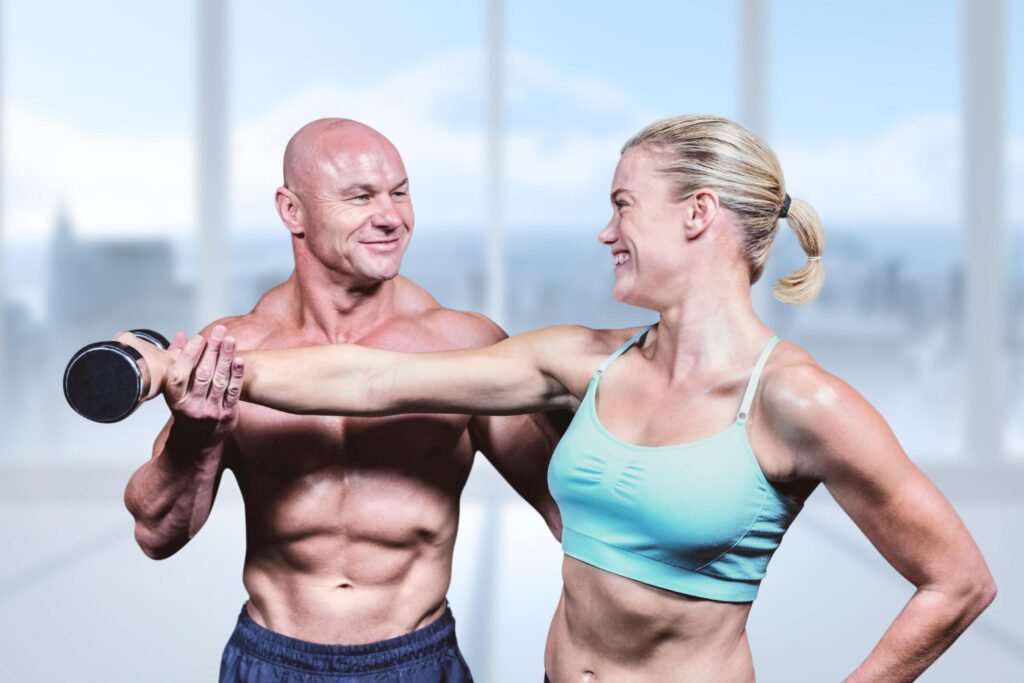
Perform the exercises with a gradual increase in range, avoiding strain or force. Remember to breathe properly, listen to your body, and seek medical help if needed.
Gradually increase range
To improve shoulder mobility, gradually increase the range of motion in your abduction exercises. Start with a comfortable range and slowly extend further as you build strength and flexibility.
Increasing the range of motion progressively helps prevent injury and allows for steady improvement in shoulder mobility and strength.
By gradually increasing the range, you can challenge yourself without straining or forcing the movement, promoting safe and effective progress in your shoulder abduction exercises.
Do not strain or force
During shoulder abduction exercises, avoid straining or forcing the movement. Listen to your body and stop if you feel any discomfort. Proper form and gradual progression are key to preventing injury and fostering improvement in mobility and strength over time.
To enhance safety during shoulder abduction exercises, it’s important to understand the recommended sets and reps for each exercise.
Proper breathing
To support safe and successful shoulder abduction exercises, it’s essential to practice proper breathing. By inhaling slowly through the nose before initiating the movement and exhaling steadily as you lift or lower the weights, you can help stabilize your core and minimize unnecessary strain on your muscles.
Focusing on controlled breathing also promotes better oxygen flow, which is vital for maintaining energy levels during exercise.
Engaging in deep breaths before, during, and after each repetition of shoulder abduction exercises can aid in sustaining endurance and optimizing overall performance. It’s crucial to maintain a steady rhythm of breathing to ensure efficient delivery of oxygen to working muscles while minimizing the risk of dizziness or lightheadedness.

Listen to your body
Proper breathing allows you to connect with your body and be mindful of any discomfort or strain during the shoulder abduction exercises. Pay attention to any sharp pain, excessive fatigue, or unusual sensations in your shoulders.
Your body’s signals are crucial in preventing potential injury and ensuring effective exercise performance.
As you engage in these shoulder abduction exercises, be attentive to your body’s feedback, whether it’s a subtle cue of discomfort or a signal that you’re pushing too hard. Tuning into your body’s responses will help you customize the intensity and range of motion for optimal results while minimizing the risk of overexertion or injury.
When to seek medical help
If you experience sudden or severe pain during shoulder abduction exercises, particularly if it persists after stopping the activity, contact a healthcare professional for evaluation.
Seek medical attention if you notice any unusual swelling, redness, or warmth around the shoulder joint. Persistent weakness or tingling in your arm or hand should also prompt a visit to your doctor.
Moving on to Tips for Safe and Successful Shoulder Abduction Exercises..
Conclusion

Enhance your shoulder mobility and strength with these 10 effective shoulder abduction exercises. Implement these practical and efficient strategies to experience significant improvements in your upper body function.
By gradually increasing your range of motion and listening to your body, you can enhance the impact of these exercises. Explore further resources for continued learning and engagement, and take charge of your shoulder health today!
FAQs
1. What are shoulder abduction exercises?
Shoulder abduction exercises involve moving your arm away from your body to improve mobility and strength in the shoulder area.
2. How do these exercises help with shoulder flexibility?
By practicing movements like flexion, extension, and elevation, these exercises enhance the range of motion and make your shoulders more flexible.
3. Can I use mobile apps to guide me through these exercises?
Yes! There are many mobile apps available for both Android devices that offer guided routines for stretching and strengthening your shoulders through abduction exercises.
4. Are there specific parts of my body I should focus on during these exercises?
Focus on keeping your thumb up while you move your arm, keep your pelvis stable, and ensure that your forearm is externally rotated to get the most benefit from each exercise.
5. Do I need any special equipment for shoulder abduction workouts?
No special equipment is needed! You can perform many effective shoulder abduction exercises using just the weight of your arms or simple items found at home for added resistance.

Author
Years ago, the spark of my life’s passion ignited in my mind the moment I stepped into the local gym for the first time. The inaugural bead of perspiration, the initial endeavor, the very first surge of endorphins, and a sense of pride that washed over me post-workout marked the beginning of my deep-seated interest in strength sports, fitness, and sports nutrition. This very curiosity blossomed rapidly into a profound fascination, propelling me to earn a Master’s degree in Physical Education from the Academy of Physical Education in Krakow, followed by a Sports Manager diploma from the Jagiellonian University. My journey of growth led me to gain more specialized qualifications, such as being a certified personal trainer with a focus on sports dietetics, a lifeguard, and an instructor for wellness and corrective gymnastics. Theoretical knowledge paired seamlessly with practical experience, reinforcing my belief that the transformation of individuals under my guidance was also a reflection of my personal growth. This belief holds true even today. Each day, I strive to push the boundaries and explore new realms. These realms gently elevate me to greater heights. The unique combination of passion for my field and the continuous quest for growth fuels my drive to break new ground.

